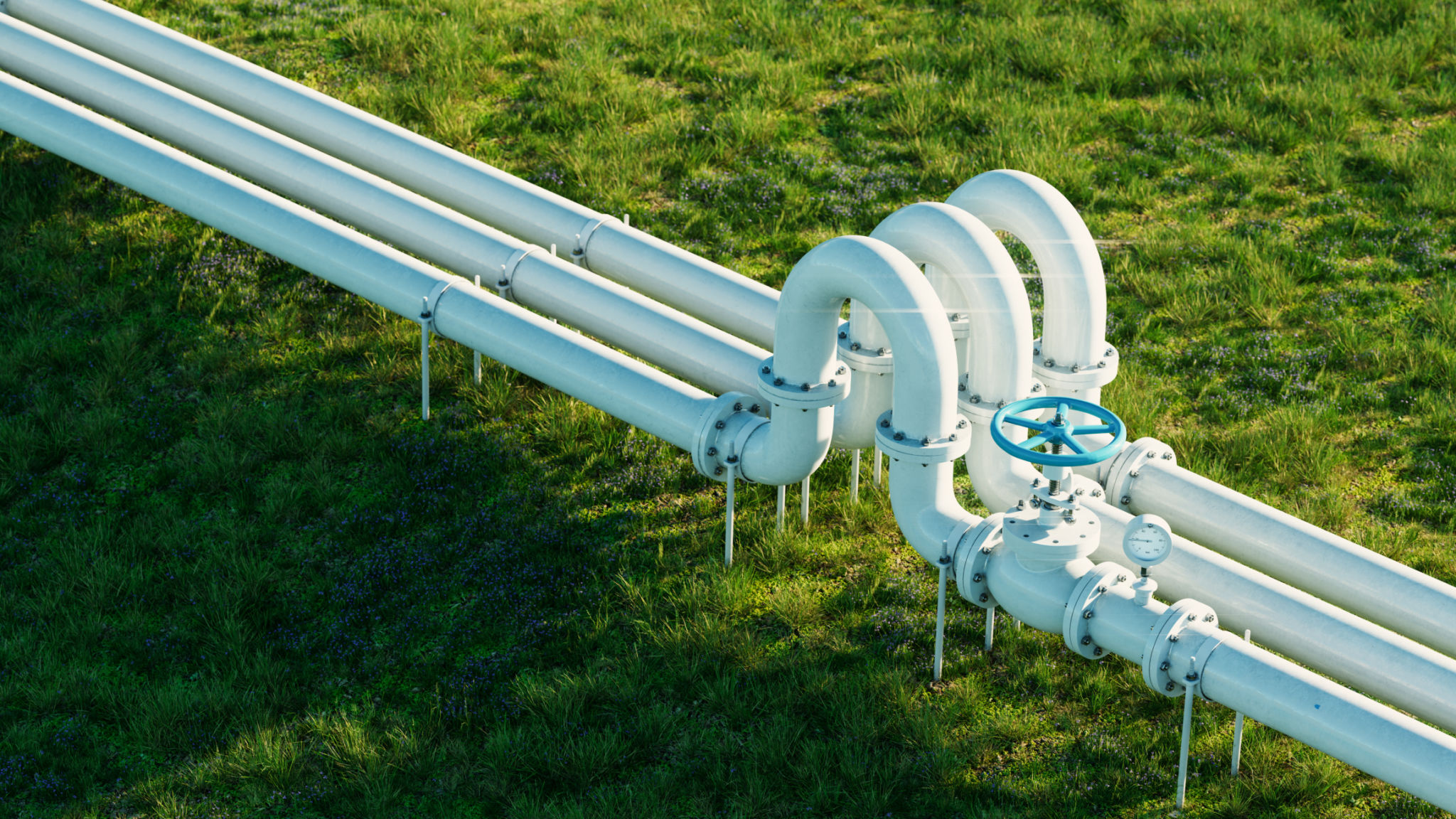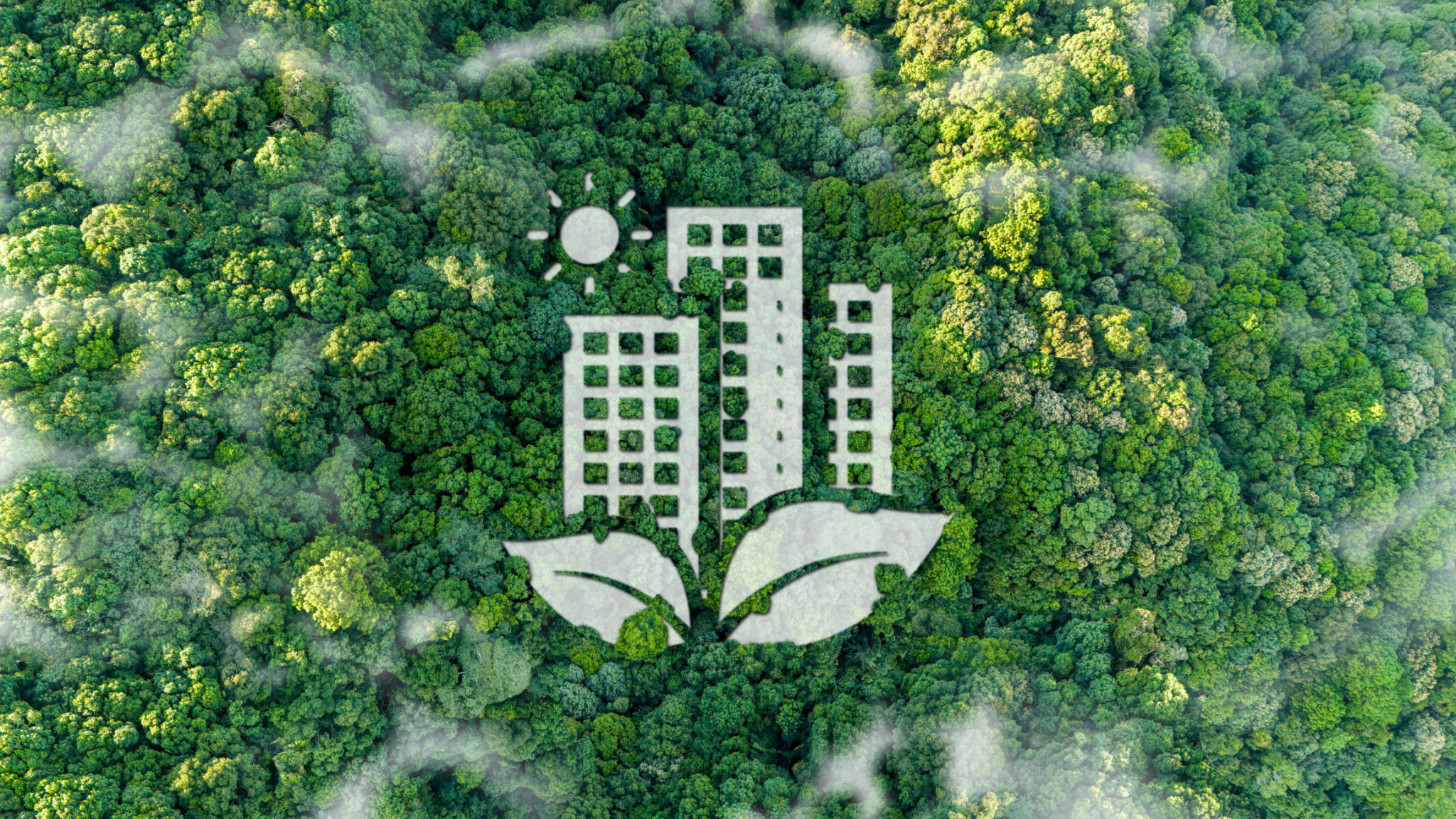A Comprehensive Guide to Eco-Friendly Piping Solutions in Shenzhen
Understanding Eco-Friendly Piping Solutions
As urban areas like Shenzhen continue to grow, the demand for sustainable infrastructure solutions becomes increasingly important. Eco-friendly piping solutions offer an effective way to meet this demand while minimizing environmental impact. These systems are designed to reduce waste, conserve resources, and promote long-term sustainability in urban environments.

Incorporating eco-friendly piping in construction projects can significantly lower carbon footprints and improve water management. By choosing materials and technologies that prioritize sustainability, cities can enhance their infrastructure while aligning with global environmental goals. In this guide, we will explore the various options and benefits of eco-friendly piping solutions available in Shenzhen.
Types of Eco-Friendly Piping Materials
Several materials are commonly used in eco-friendly piping systems, each offering unique benefits. Key materials include:
- Recycled PVC: Made from repurposed plastic, recycled PVC reduces waste and conserves resources.
- Cross-Linked Polyethylene (PEX): Known for its durability and efficiency, PEX minimizes energy consumption during production.
- Stainless Steel: Highly durable and recyclable, stainless steel is a preferred choice for its longevity and minimal environmental impact.

These materials not only contribute to sustainability but also offer cost-effective solutions for long-term use. By selecting the right material, projects can achieve both environmental and economic benefits.
Benefits of Eco-Friendly Piping
The adoption of eco-friendly piping solutions in Shenzhen offers numerous advantages. These systems are designed to enhance water conservation through reduced leakage and efficient water distribution. Additionally, they contribute to energy savings by using materials that require less energy to produce and maintain.
Moreover, eco-friendly piping solutions help improve public health by reducing exposure to harmful chemicals often found in traditional piping materials. The use of non-toxic, recyclable materials ensures a safer environment for city residents.

Implementing Sustainable Practices
To successfully implement eco-friendly piping solutions in Shenzhen, it is essential to adopt sustainable practices throughout the project lifecycle. This includes planning, design, installation, and maintenance. Collaboration among stakeholders such as government agencies, construction companies, and technology providers is crucial to drive these initiatives forward.
Additionally, investing in education and training for industry professionals can facilitate the transition to sustainable infrastructure. By promoting awareness and understanding of eco-friendly technologies, Shenzhen can lead the way in creating greener urban environments.
The Future of Eco-Friendly Piping in Shenzhen
The future looks promising for eco-friendly piping solutions in Shenzhen. As the city continues to prioritize sustainability, advancements in technology and materials will further enhance the efficiency and effectiveness of these systems. Emerging innovations such as smart water management technologies will play a vital role in optimizing resource use and reducing environmental impact.
By embracing eco-friendly piping solutions, Shenzhen can set an example for other cities worldwide, demonstrating that sustainable urban development is not only possible but also beneficial for both the environment and local communities.